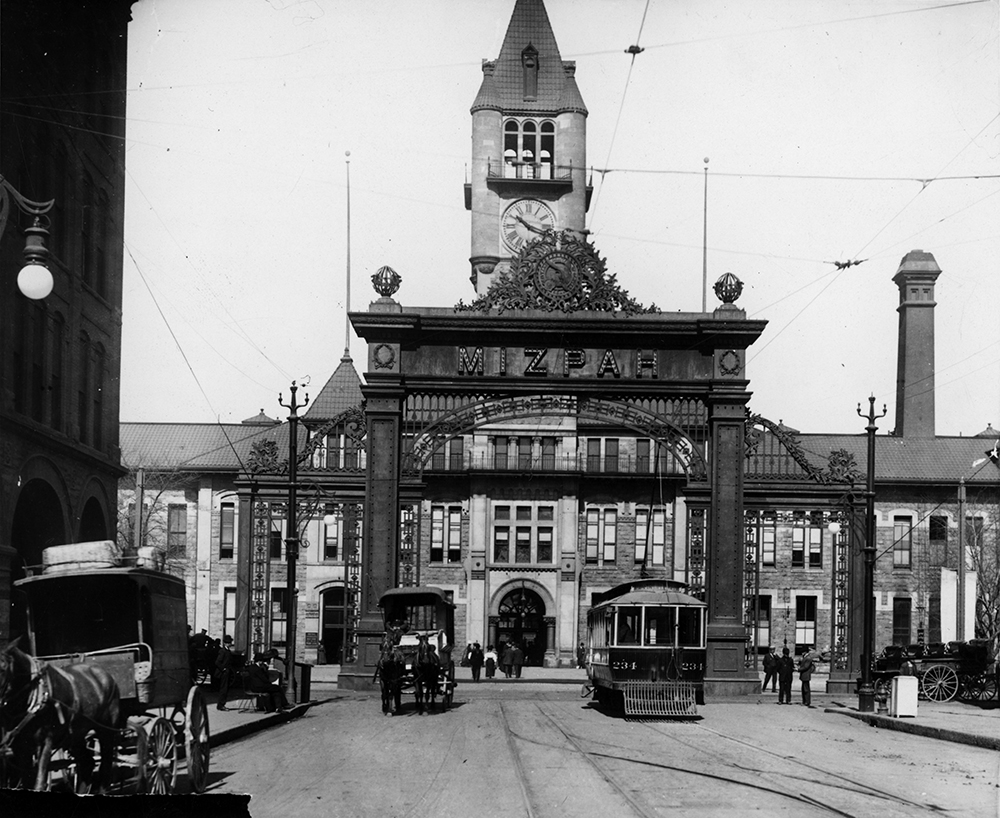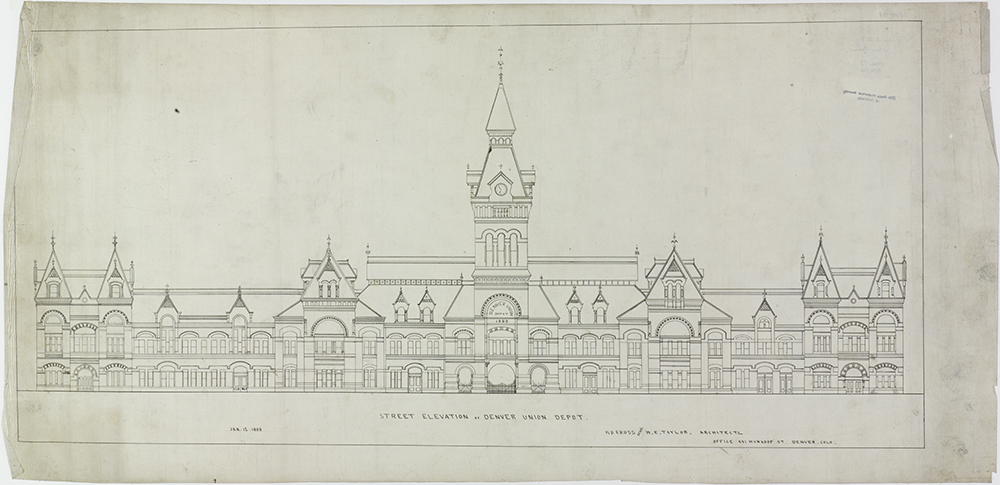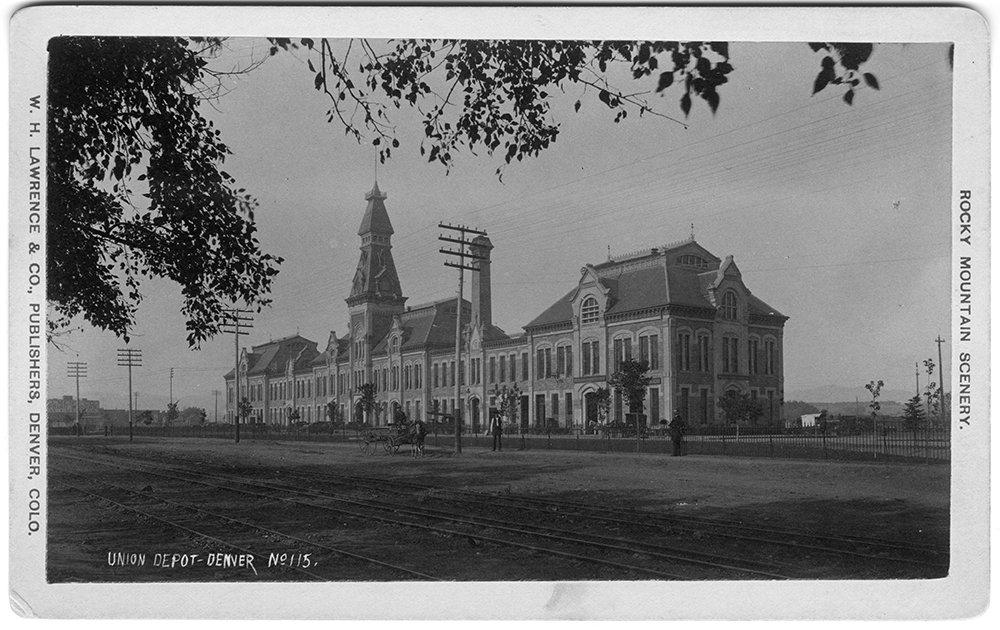Story
This week in Colorado History
Union Station Opens
Arriving in Denver during the 1860s, travelers would be greeted by a landscape that was vastly different than the scene that Denver would become. Denver was once described as a dry and barren destination, but with the rapid growth of the railroad, the city quickly became a major hub in Colorado. In order to accommodate this expansion Denver needed a central complex to transfer passengers and freight between competing railroads. The solution to this problem was the construction of one major building: Union Station.
June 1 marks the 134th anniversary of opening of Denver’s Union Station. Built on a former duck pond in 1881, and was a masterpiece of Gothic Railroad architecture designed by architect William E. Taylor. At the time, Union Station was the largest building in Colorado, and housed the original tenants of the Union Pacific, Denver and Rio Grande, and South Park and Pacific Railroads The complex quickly enhanced Denver’s role as a transportation and supply center.
Denver’s population skyrocketed after the construction, with a population of 35, 600 in 1880 that more than doubled to 106,00 in 1890. With the addition of Union Station along with electric lights, street cars, and a new opera house, Denver now had a more desirable urban sophistication.

The Mitzpah Arch that was later changed to the Welcome Arch, and was torn down in 1906. Scan # 10027060
An electric fire that started in the women’s restroom in 1894, destroyed a central portion of the depot. The present day structure was completed in 1914 which was designed in the the Beaux Arts style, with flanking wings from the original building. The addition of the iconic Welcome Arch also known as the “Mitzpah Arch” was added in 1906, and was a symbol that greeted travelers until it was removed in 1931 for traffic safety.
After WWII there was a sharp decline in rail passage in favor of air travel. Yet, Union Station prevailed and was recently redeveloped representing one of the largest historic tax credit projects in the state. Union Station continues to stand as an iconic historic Denver landmark, and is listed in the National Register of Historic Places to prove it.
Visit the History Colorado’s Union Station Collection.
Or Pinterest page to see how Union Station has changed over the years.


